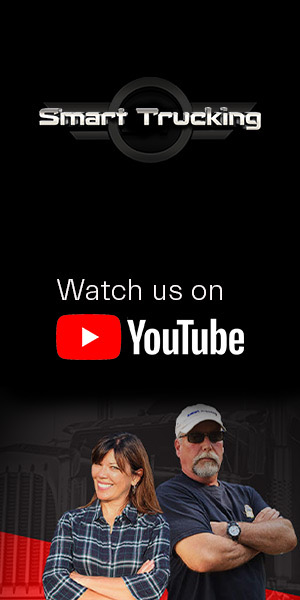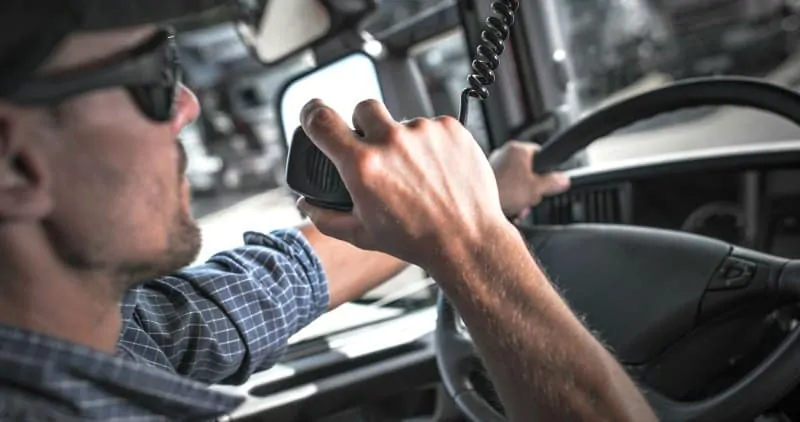
One of the first things I remember learning was how to change a flat tire on a Dayton wheel and rim.
For those of you who don’t know, a Dayton rim is a five spoke rim.
Once the rim is pulled off and the tire is changed, it’s a challenge to torque down each of the nuts on the spokes equally, so it’s centered and thus tracks properly.
It’s not so much an issue these days as the Dayton rims and wheels are outdated.
But, back when I started driving, it was essential to know how to change one of these wheels and reinstall the rim properly.
Another trick I learned with tires, and if the tube in the tire went flat, the tire was so hot that the tube would stick to the inside of the tire and ruin the tire.
I learned to catch the flat tube early, so the valve stem could be tied out to one of the nuts on the Dayton rim and keep the inner tube from flattening out against the tire on the inside.
This practice would save the tire. The inner tube would be shot though.
More Tips and Tricks From Old School Truck Drivers
Off the record, they also taught me some driving tricks too.
I learned the best time to pass especially the nasty scales, was at night.
These old school truckers would shut off all their truck and trailer lights and roll by the scales in total darkness!
The Greenwood scale in Nebraska was one of the scales we’d pass in the night… guess those guys at Greenwood were awfully sleepy! It was risky, but fun. The authorities didn’t really pay much attention at the time!
I learned how to come down a steep grade, with serious weight in my trailer, without smoking the brakes.
The trick was to set up the brakes at the top of the hill.
The rear axle brakes were set up the tightest and each axle forward would be set a bit less, than the one before it.
I’d then proceed slowly down the hill, relying on the jake brake down the hill, touching the brakes only occasionally and lightly, just fanning the brakes, not riding the pedal.
I learned to do this on 8% and 10% grades in the Rocky Mountains in B.C. Canada.
These were serious, long hills. With this practice, I never once had an issue with my brakes or truck and load control.
I was pulling B Trains, so it was pretty easy to smoke the brakes if you didn’t go down the hill right.
I learned how to climb the big hills and mountains too.
I learned to ride the gravel on the road shoulder with my right wheels, to increase the grab and traction. With the one set of wheels getting constant traction, going up the hill was pretty easy and saved me from chaining up.
I also learned how to chain up from old school truck drivers.
The Learning From These Old School Truckers Was Invaluable in My Truck Driving Career
Old school truckers taught me how to back up a set of B trains.
I learned the tips the old truckers told me and watched them many many times and was then able to back up a set of trains, in a short time, without much difficulty.
I learned how to load produce : how to stack pallets, know how the air traveled through the trailer, bracing the load, monitoring temperatures and setting trailer temperatures.
I learned how to haul hanging beef.
When hauling hanging beef, it travels on rails in the trailer. I learned quickly not to slam on my brakes as it would case the hanging beef to move forward, causing too much weight to shift onto the front axles.
This could cause major fines at the scales.
The early trailers didn’t have stoppers to stop the entire load from shifting forward.
I also learned to hit the brakes and adjust the load to move backwards on the rails to balance the weights!
I learned not to take corners too hard and fast also with hanging beef in the trailer!
Soon after I bought my very first truck, I learned from an old trucker, how to drive smoothly so as not to burn up excessive fuel.
He said, ‘Drive like you have an egg under your fuel pedal, and you don’t want to break that egg. Accelerate carefully, evenly and gradually, not slam the pedal.”
I learned when and how to use a jake brake. In the old days, on the mechanical engines, the jake brakes were often set up to be fairly strong, especially when running in the mountains hauling serious weight in the trailers.
The old jake brakes had a lot of grab!
If you threw on that jake brake in 3rd position on glare ice, it would of course lock up the wheels and send the truck and trailer into a slide or a spin.
So, when the roads got greasy, I knocked the jake position down a notch or two, so the trailer wouldn’t pull out to pass my truck and then have the truck stall! With the newer electronic motors, this is not so much of a problem.
A jake brake can be used safely on ice.
There are some truckers who say the jake cannot be used when on slippery surfaces.
But I’m of the belief that it can be used in these conditions. It’s critical though to be careful and watch the road surface.
Watch the mirrors and know what you are doing. It can be a good stopping tool. But it’s best always to do whatever you’re most comfortable with.
I learned things about driving a truck, that could not be learned in a class room or from a book, from these old school truck drivers I worked with.
The lessons I learned from these old veteran drivers were invaluable.
It would be so beneficial for today’s up and coming drivers, to be part of a mentoring system, with experienced drivers, like I was.
It would be a huge improvement to the present driver training schools.






